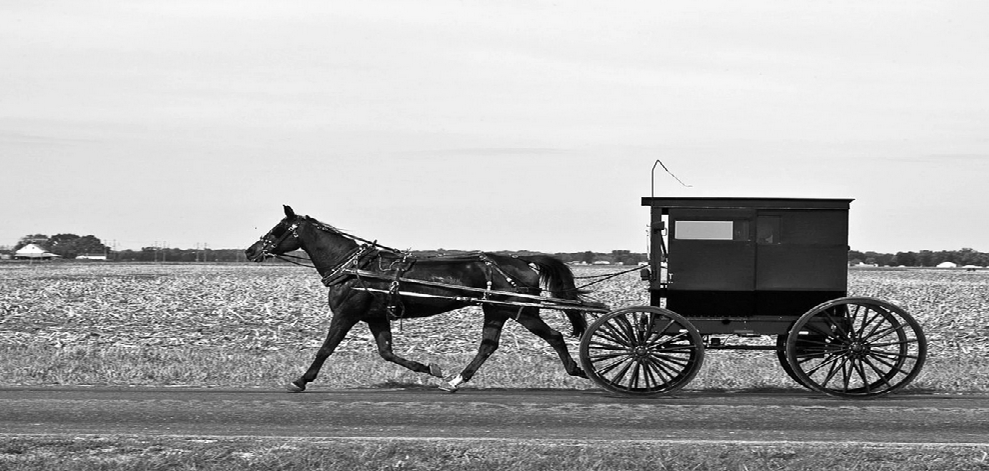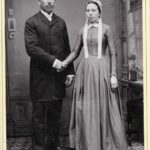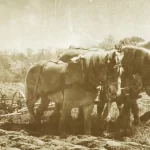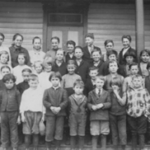
The decade of the 1920s saw rapid advances in technology, both in and out of the home. Most Americans were quick to adopt of radio, television, vacuum cleaners, electric blenders and toasters, and telephones. Most, but not all.
One small segment of the population began debating the dangers of these new technologies: the Amish.
 In the early 1900s, there were some 1.4 million telephones — many of them "party lines" — in the US, including some in Amish homes. The Amish totaled only some 6000 members in the early 1900s, primarily in Pennsylvania and the Midwest, but its numbers were growing with new settlements — and affiliations — growing rapidly. It was also the time in which several Amish groups began debating the dangers that home telephones and other technologies present to their community, which resulted in the group's decision to prohibit connection to the electrical grid and their reliance solely on batteries.
In the early 1900s, there were some 1.4 million telephones — many of them "party lines" — in the US, including some in Amish homes. The Amish totaled only some 6000 members in the early 1900s, primarily in Pennsylvania and the Midwest, but its numbers were growing with new settlements — and affiliations — growing rapidly. It was also the time in which several Amish groups began debating the dangers that home telephones and other technologies present to their community, which resulted in the group's decision to prohibit connection to the electrical grid and their reliance solely on batteries.
Over the coming years, Old Order Amish (the most conservative sect) would ban the use of tractors and any other farming implements which were not horse or mule driven.
farming implements which were not horse or mule driven.
To some extent, is to blame for the schism which led to the rise of new, more progressive groups such as the Amish Mennonites who drove automobiles.
 It was this same fear of modernization that led Old Order Amish to disobey laws, specifically Ohio's Bing Act, mandating children through age 18 to attend school. Smaller, one-room schoolhouses popped up in Amish communities. These taught on the most basic skills: reading, writing, and math, and only through the 8th grade.
It was this same fear of modernization that led Old Order Amish to disobey laws, specifically Ohio's Bing Act, mandating children through age 18 to attend school. Smaller, one-room schoolhouses popped up in Amish communities. These taught on the most basic skills: reading, writing, and math, and only through the 8th grade.
Fun Fact #1: in 1989 in Lancaster County, there were 4,650 scholars in 156 schools, 103 of those schools were Old Order Amish.
Fun Fact #2: There is no record of any Amish casualty during World War I.